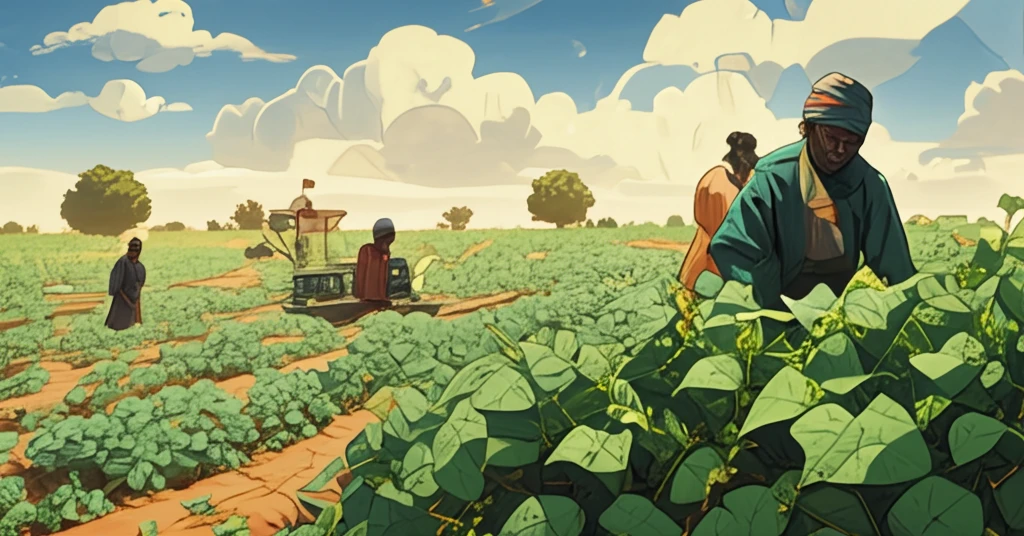
Unlock Your Farm's Potential: Maximize Fodder Production with Smart Cowpea Choices
"Discover how selecting the right cowpea varieties can significantly boost fodder yields, even in challenging climates, ensuring better livestock nutrition and increased income for farmers."
In regions where livestock is vital, such as the southern areas of Niamey, Niger, finding reliable fodder sources is essential. Cowpea, a staple crop, is often grown primarily for this purpose. However, not all cowpea varieties are created equal, and many farmers miss out on the potential to significantly increase their fodder production.
Traditional farming methods often lack the precision needed to optimize yields. The key lies in identifying and cultivating dual-purpose cowpea varieties that not only provide nutritious fodder but also offer other benefits. This approach can transform agricultural practices and improve economic outcomes for farmers.
An experiment conducted across two sites in Niger, Ticko and Bogodjotou, aimed to compare the fodder production of nine different cowpea varieties. The findings revealed significant variations in yield based on the variety chosen and the environmental conditions, highlighting the importance of informed decision-making in crop selection.
The Science of Cowpea Selection: A Guide to Maximizing Fodder Production

The study's results clearly indicated that the year in which the cowpea was grown had a substantial impact on fodder yield. In 2001, the fodder yield across all varieties was significantly higher compared to 2002. This difference underscores the influence of environmental factors, such as rainfall patterns and soil conditions, on crop productivity.
- Variety Selection: Choose varieties known for high fodder yield and adaptability to your local climate.
- Environmental Conditions: Monitor rainfall and soil conditions to anticipate potential challenges and adjust planting strategies accordingly.
- Planting Time: Aim for earlier planting dates to maximize the vegetative period, especially for day-length-sensitive varieties.
- Dual-Purpose Varieties: Opt for cowpea types that offer both fodder and grain benefits, providing multiple income streams.
Empowering Farmers Through Informed Choices
The introduction of dual-purpose cowpea varieties presents a promising pathway to increase fodder production and improve the economic well-being of farmers. By carefully selecting the right varieties and adapting planting strategies to local conditions, farmers can unlock the full potential of their land and secure a more sustainable future for their livestock and communities.
